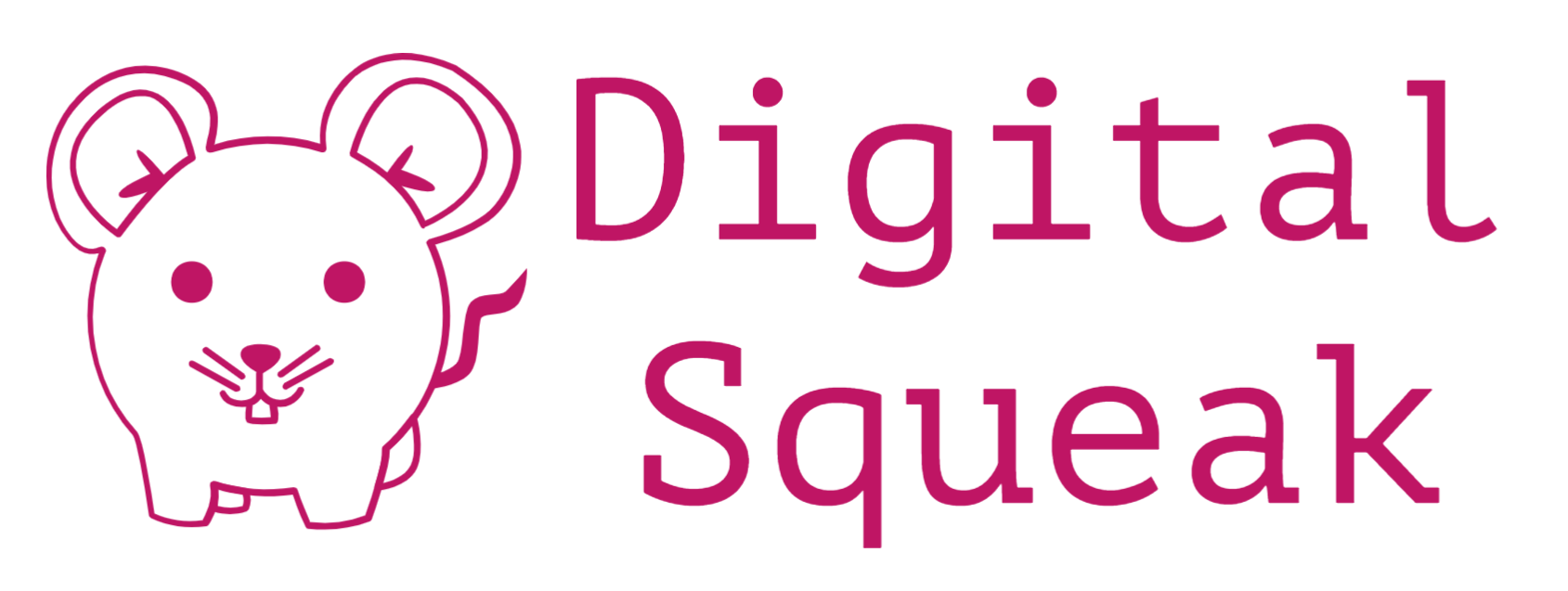Are you exhausted by the endless demand for fresh content? The “Content Treadmill”—the pressure to post daily, chase trends, and maintain a demanding calendar—is a common trap. While you might be generating high volume, if those articles, videos, and social updates aren’t driving sales, you’re treating content and content marketing as an expense, not an asset.
It’s time to move past the noise and build a true Content Engine.
The Failure of the Content Treadmill
The traditional approach to content often focuses on vanity metrics: page views, likes, or time-on-site. But these metrics rarely translate to bottom-line results. The failure usually boils down to a few key problems:

- Random Acts of Publishing: Content is created reactively, without a clear purpose or connection to a business goal.
- Audience Misalignment: You’re writing about what you want to say, not what your high-value customers need to hear.
- No Funnel Mapping: Content stops at the awareness stage, failing to nurture interest or overcome buyer objections deeper in the sales funnel.
If your marketing team feels like they are running just to stay in place, it’s a clear sign you’re stuck on the treadmill.
The Shift: Content as Thought Leadership
A Content Engine operates differently. It’s built on a foundation of thought leadership—the deliberate, strategic creation of high-value resources that establish your authority and solve your audience’s most complex problems. This approach builds unshakeable trust long before a sales call ever happens.
To make this crucial shift, you need three strategic pillars:
1. Audience Architecture, Not Guesswork
You must know the exact intent behind your customer’s search. What are they trying to achieve, and what are the specific blockers keeping them up at night?
We don’t just target keywords; we target pain points. By architecting content around the questions that lead directly to your solutions, you guarantee that every piece of content attracts a qualified, interested audience.
2. SEO as Distribution, Not an Afterthought
Outstanding content is useless if it’s buried. SEO isn’t just about technical audits; it’s about ensuring your thought leadership gets discovered.
A strategic approach integrates SEO from the moment the idea is conceived. We focus on long-tail, high-intent phrases that signal a readiness to buy or partner. This turns Google and other search platforms into your most reliable, 24/7 distribution channel.
3. Mapping Every Piece to the Sales Funnel
Every article, case study, and white paper should have a job. Content needs to be deliberately mapped across the buyer’s journey:
- Top of Funnel (TOFU): Awareness (e.g., broad educational guides, industry trends).
- Middle of Funnel (MOFU): Consideration (e.g., comparison guides, webinars, expert interviews).
- Bottom of Funnel (BOFU): Decision (e.g., case studies, client testimonials, pricing breakdowns).
This systematic approach ensures your content is not just informative, but actively moves leads down the path to conversion.
Stop wasting resources on content that makes noise but no profit. Your business deserves a content strategy that scales your authority, drives inbound traffic, and directly impacts your revenue goals.
Ready to start building a content engine that works for you?
Reach out to Digital Squeak to discuss your marketing objectives and see how we can improve your content – pippa@digitalsqueak.co.za





